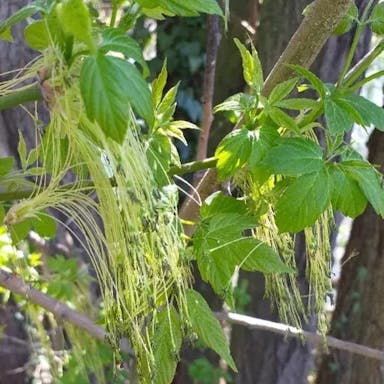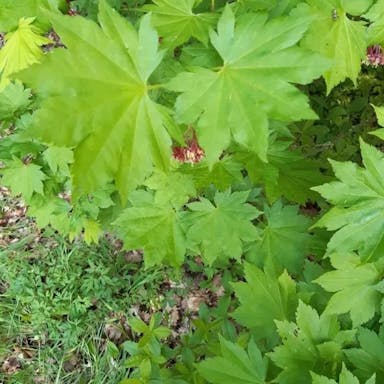Black titi scientifically recognized as slender-branched Cyrilla racemiflora inhabits southeastern regions of the United States. Characterized by elegant, fragrant white blossoms blooming late spring attracting pollinating insects, thrives in wetlands yet adapts to diverse soils. Valuable for restoration and landscaping projects offering ornamental and ecological merits.
0
0











